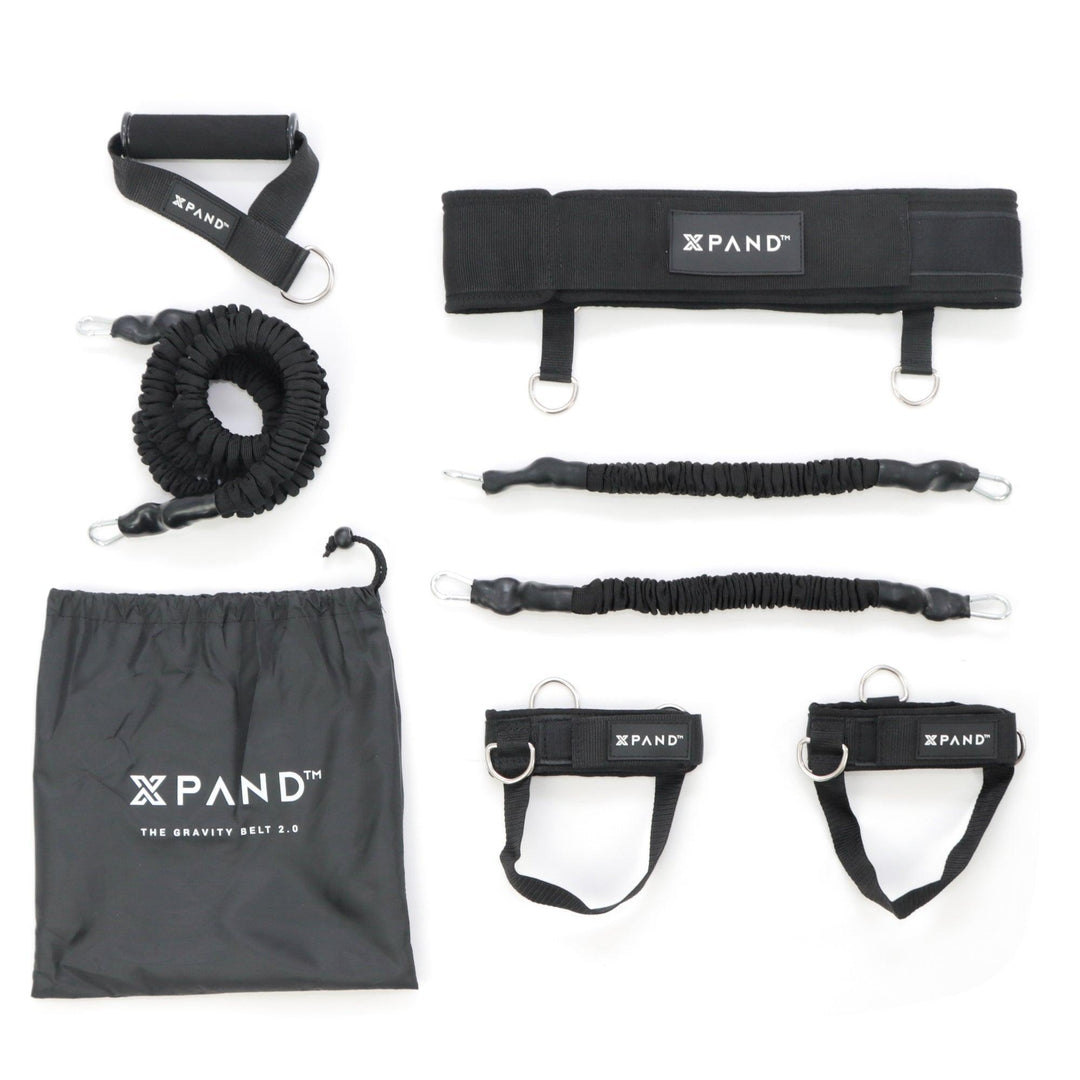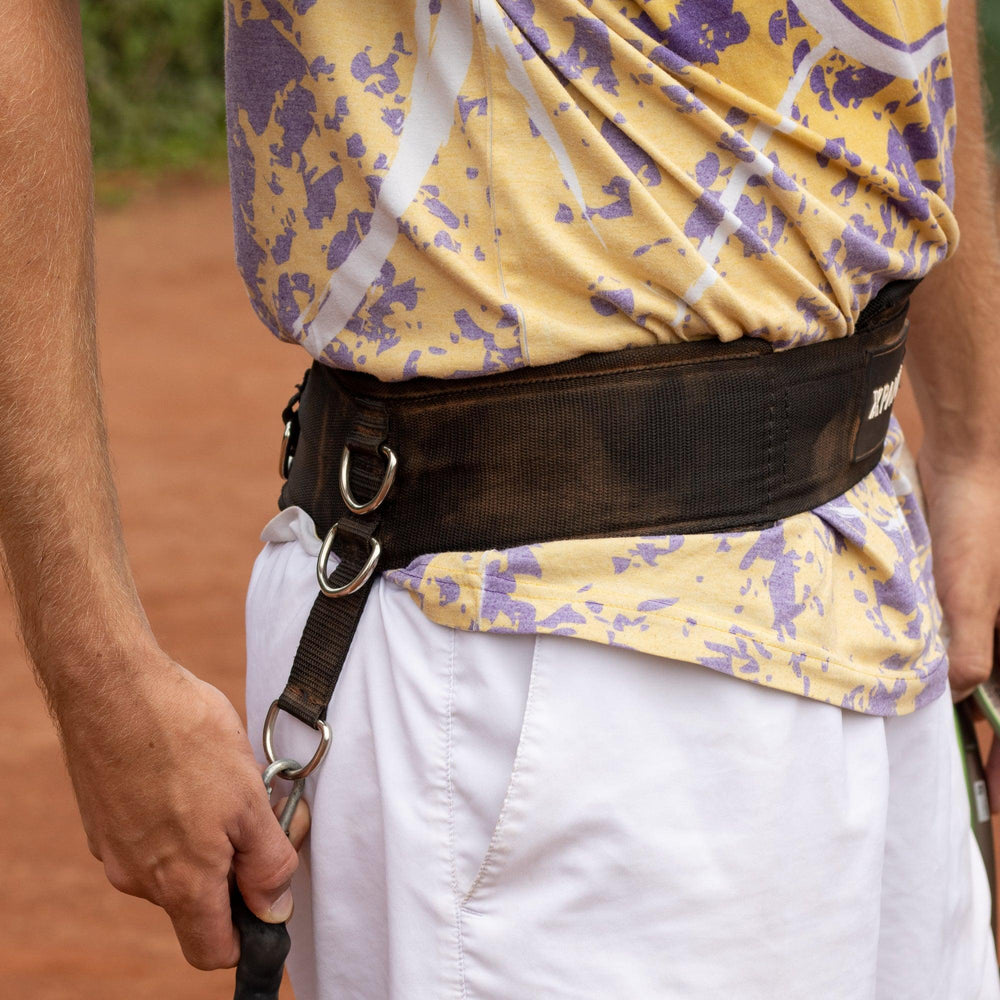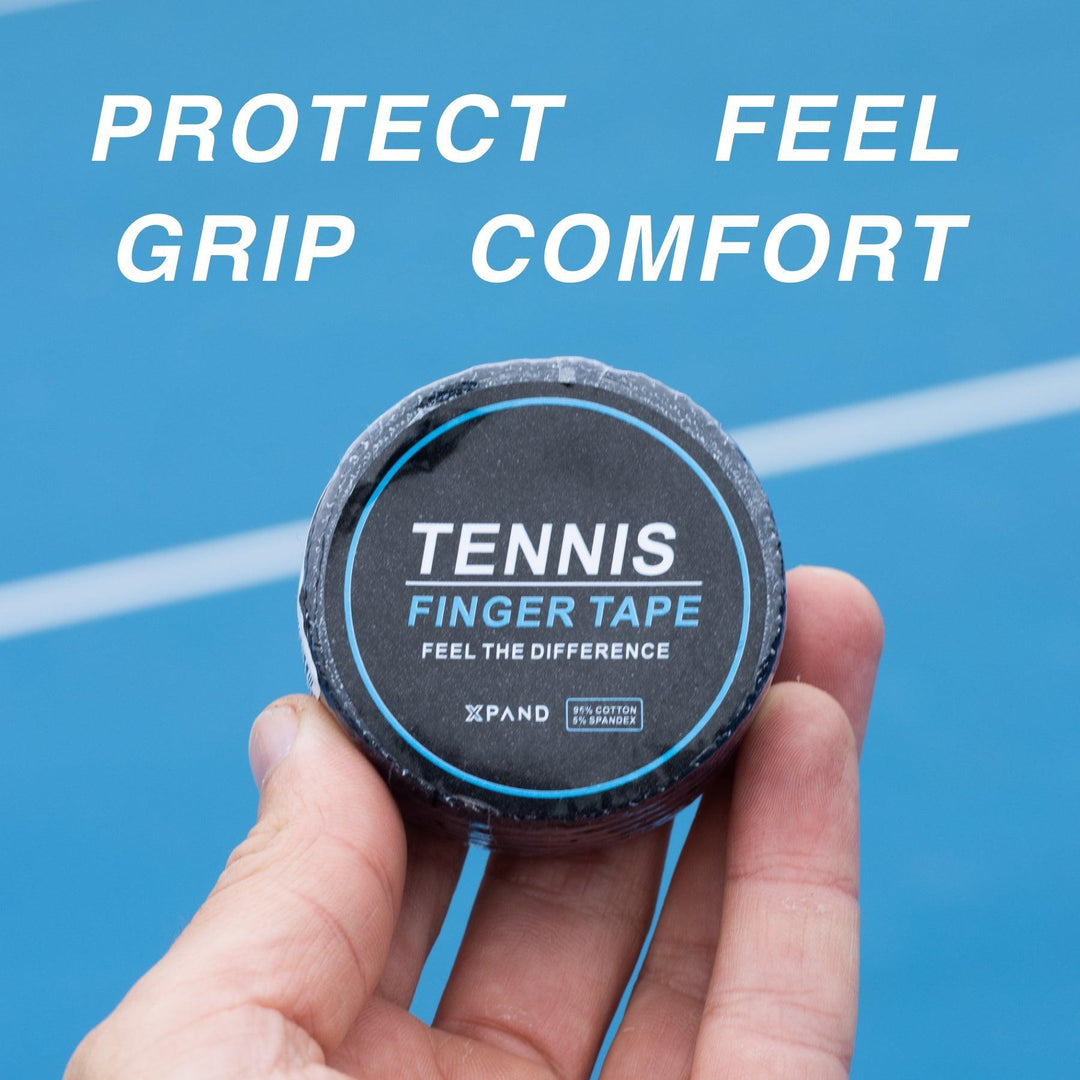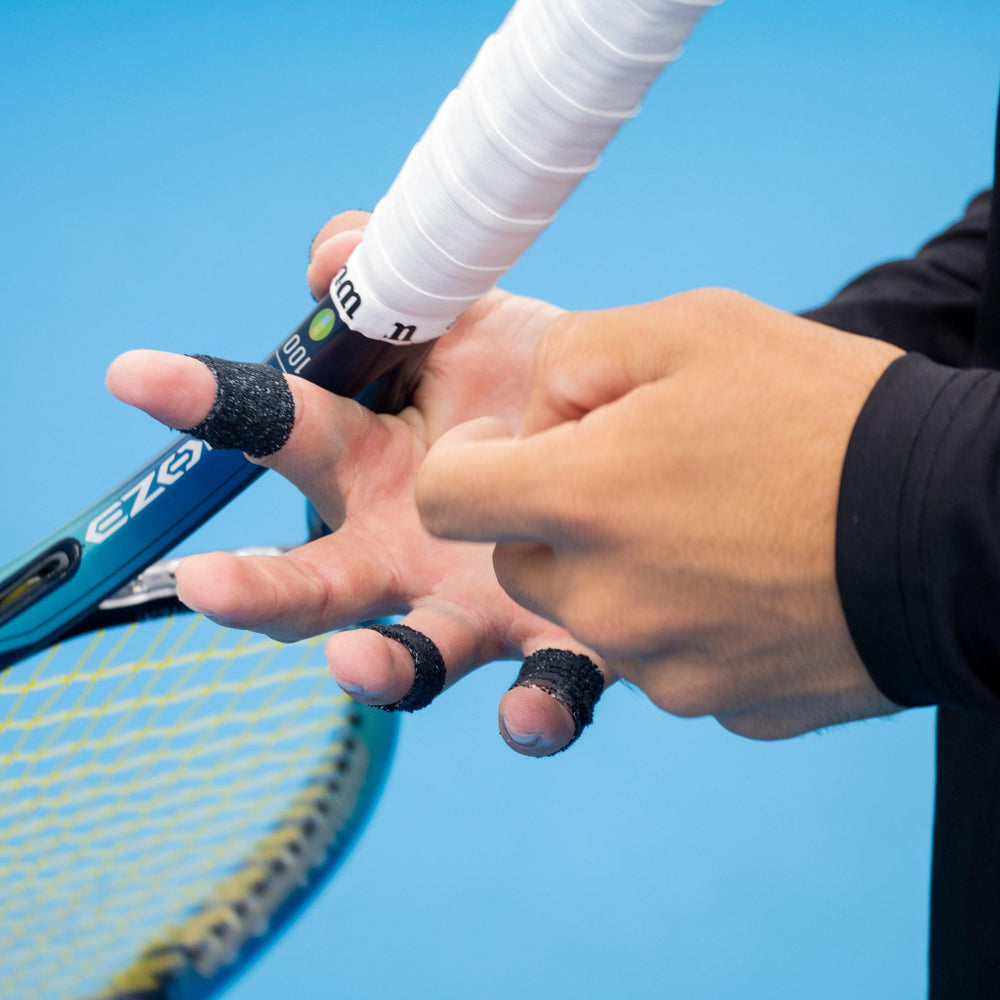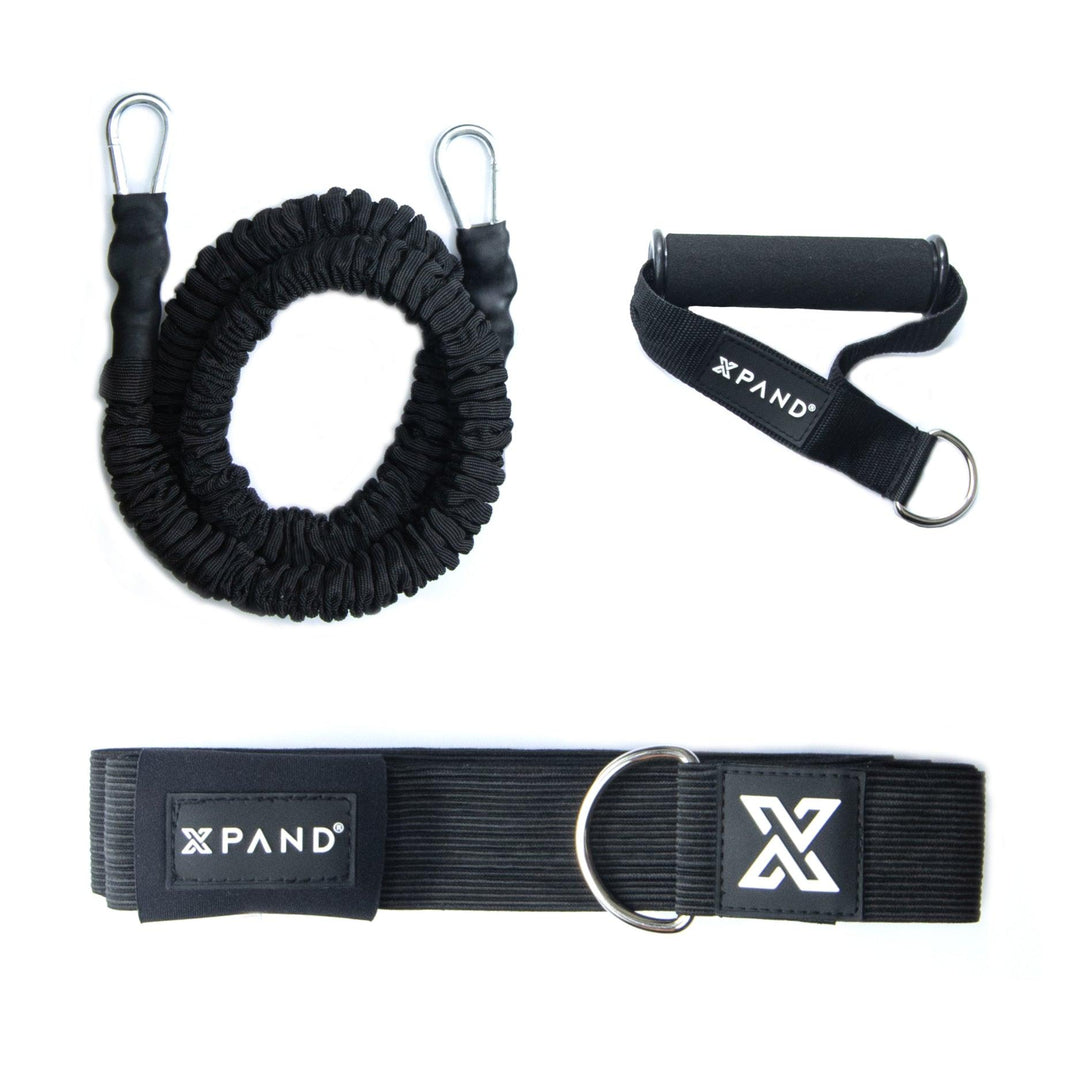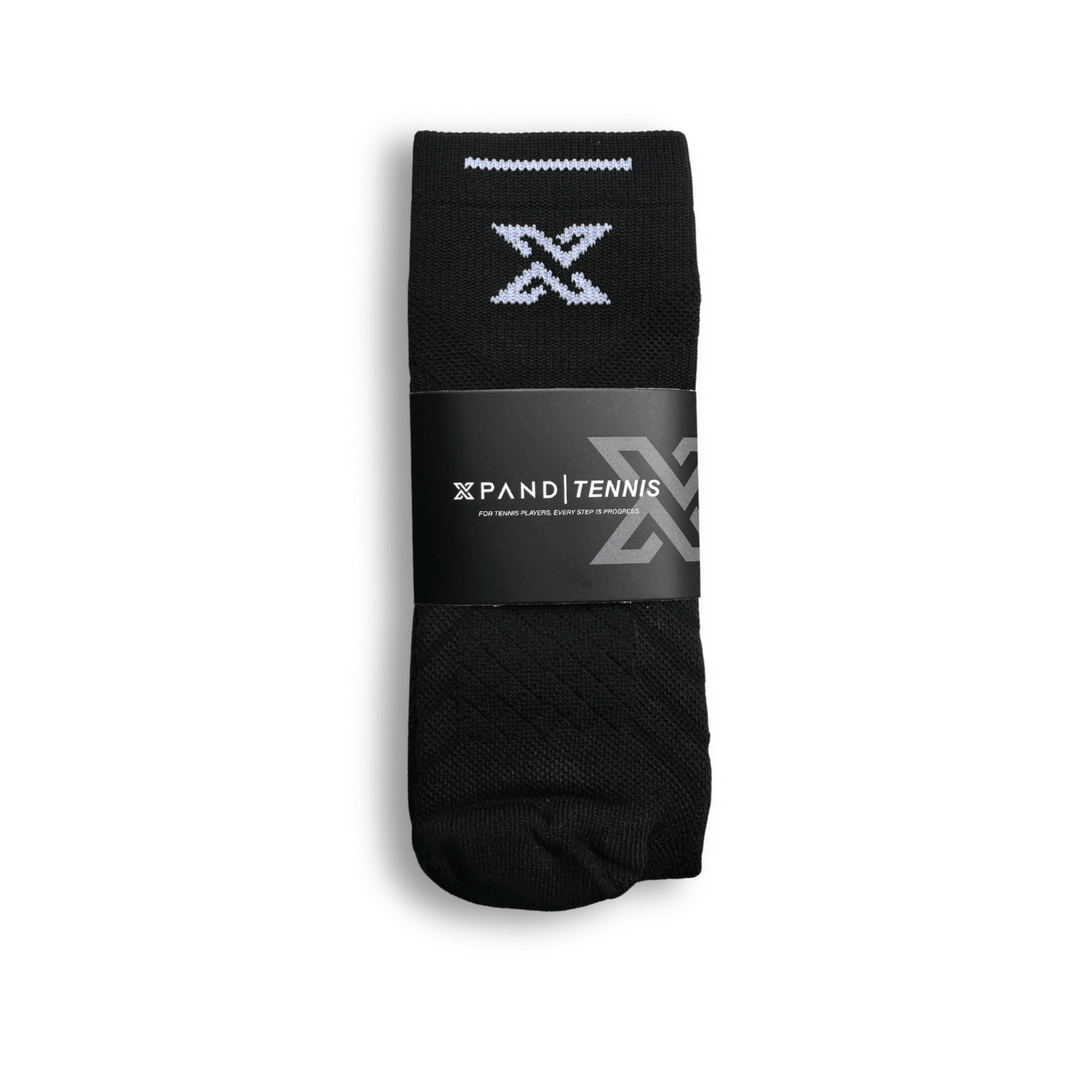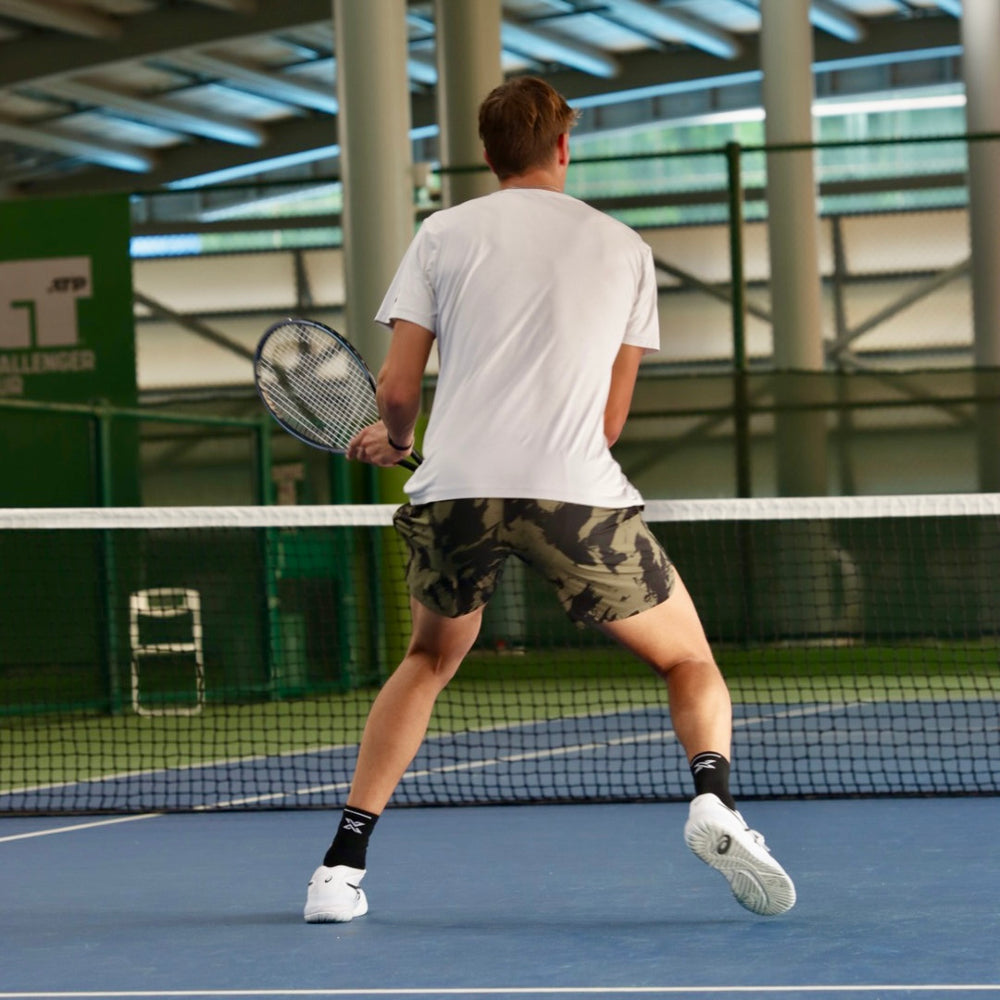Mastering the Kinetic Chain For Tennis (Clay vs Grass)

Mastering the Kinetic Chain (Clay vs Grass)
Whether you're smashing forehands or chasing down drop shots, every movement in tennis starts with a powerful concept called the kinetic chain. If you've never heard of it, think of it like a domino effect: your energy starts at the ground and flows smoothly through your body—feet, legs, hips, trunk, shoulders, arm, and finally, your racket.
Mastering this chain is how top players generate effortless power, stay balanced, and have the energy to last for hours. Let’s break it down, and then explore how court surface—clay vs grass—can slightly change how you use it.

🔗 What is the Kinetic Chain?
Imagine trying to throw a ball using only your wrist. Not very effective, right? That’s because you're skipping the rest of the body.
In tennis, the kinetic chain works like this:
-
Ground Reaction Force – It all starts with your legs pushing into the ground.
-
Legs and Hips – Power is transferred up through your legs to your hips.
-
Torso Rotation – Your core rotates, loading and unleashing stored energy.
-
Shoulder and Arm – The upper body whips the arm forward.
-
Wrist and Racket – Finally, the energy flows into your racket for impact.
If any link in this chain is weak or mistimed, power leaks out—or worse, injuries creep in.
🎾 Example: The Forehand
On a powerful topspin forehand:
-
You load the back leg, rotate the hips, torso and shoulders, then unwind explosively, transferring that energy into the ball.
-
The pros make it look easy because their timing is perfect—they’ve trained the chain to fire in sync.
🌱 Clay vs 🌿 Grass: Surface Matters
Here’s where it gets interesting. The court you're playing on can subtly influence how your body uses the kinetic chain.
💨 On Grass: Fast, Low, and Reactive
-
Quick points, lower bounce. The kinetic chain needs to be quicker and more compact.
- From a lower posture you must be able to time the weight transfer.
- Grass rewards fast-twitch, efficient movement—there’s less time to load big.
Tip: Use short backswings and focus on core rotation speed rather than full leg drive.
🌀 On Clay: Slower, Higher, and Sliding
-
Longer rallies, higher bounce. The extra time gives you the chance to fully load into your legs and hips.
-
You often slide into shots, which means your lower body is still moving when you initiate the kinetic chain. This adds a rotational element from the ground up.
-
Clay favors players who can fully use the ground to build power over time.
Tip: Emphasize deep knee bend, a wider base and full shoulder rotation—clay gives you the time to maximise every part of the chain.
⚙️ Training the Kinetic Chain
If you want to train it like the pros:
-
Medicine ball throws (e.g., Side toss to wall)
-
Landmine training in the gym
-
Resistance band core/hip work
-
Practice hitting with a focus on sequencing: legs > hips > torso > shoulder > arm > wrist
- The Kinetic Band (We have designed a product to bring specific awareness to the Kinetic Chain. In a sport where timing is critical this innovative product has proven to become one our 2nd best selling product! It was designed by ex pros specifically for enhancing the Kinetic Chain for tennis! Check it out here

🎯 Final Thought
Mastering the kinetic chain isn’t about brute strength—it's about timing, connection, and using your whole body efficiently. Train specifically to adjust for different surfaces, ball heights, power and spin and your game will evolve from mechanical to fluid and powerful.
Train smart. Play smooth. Let the energy flow.





